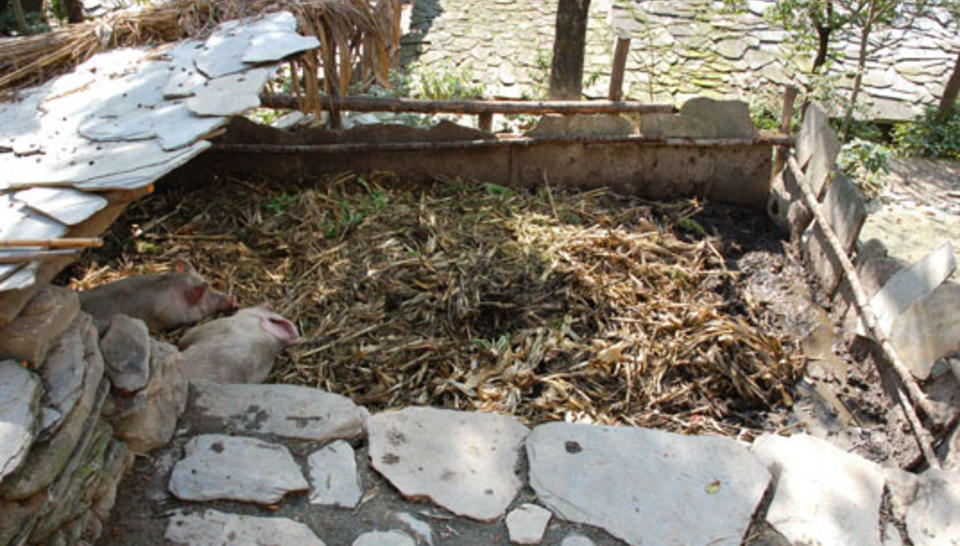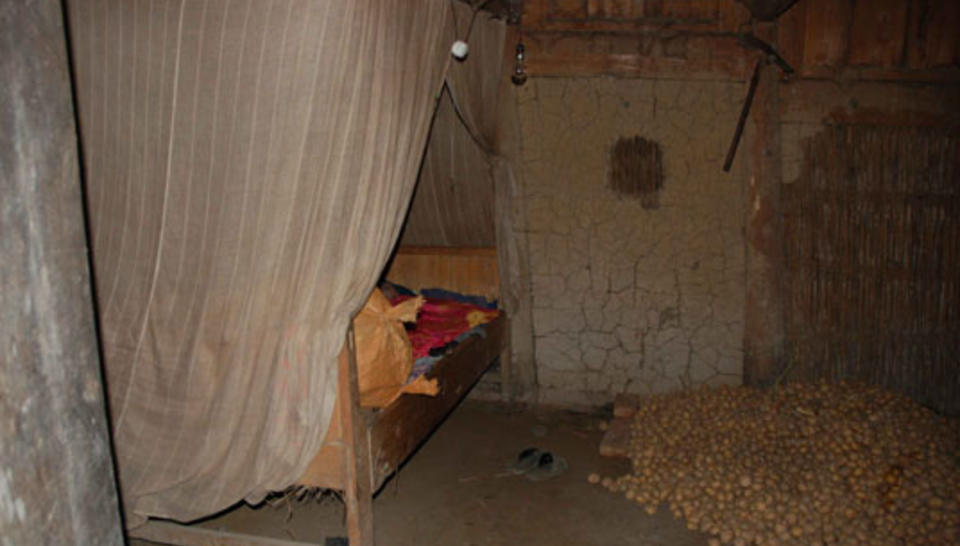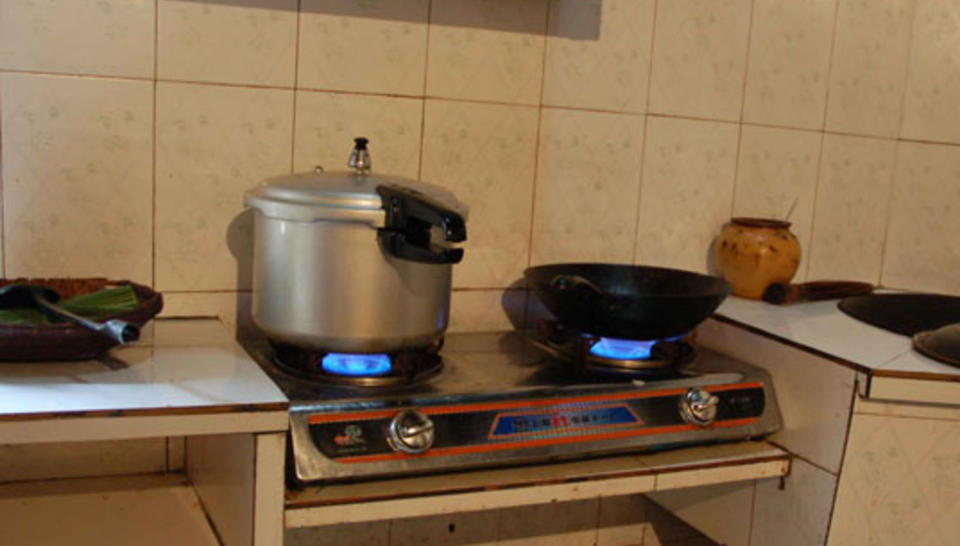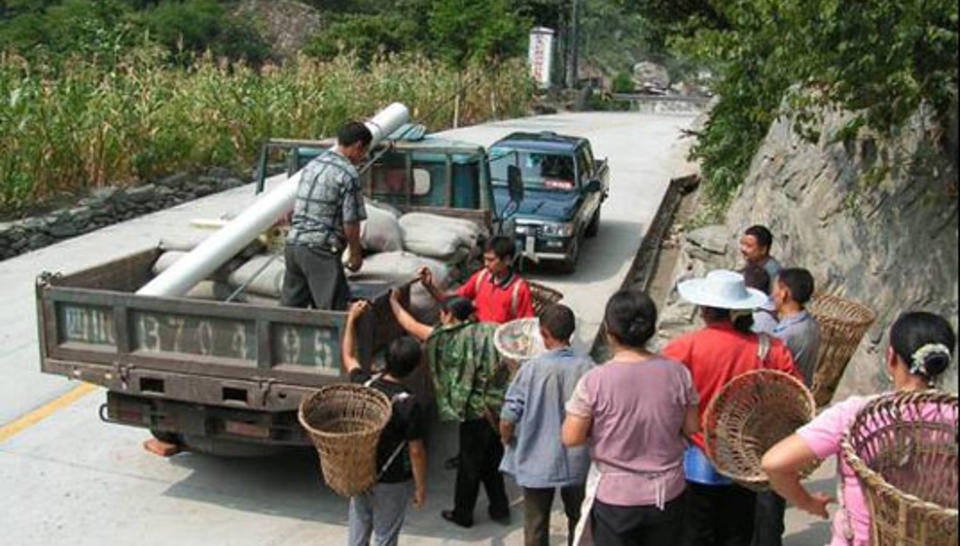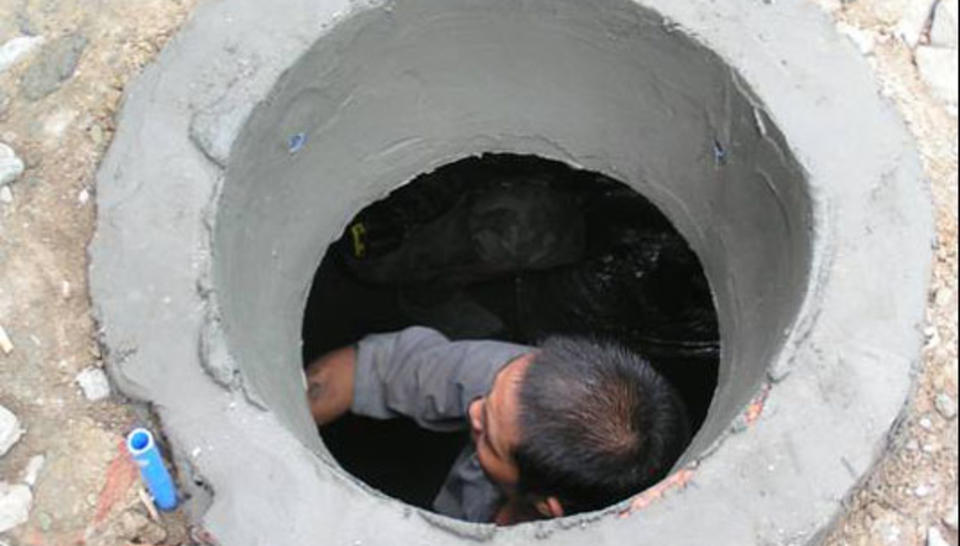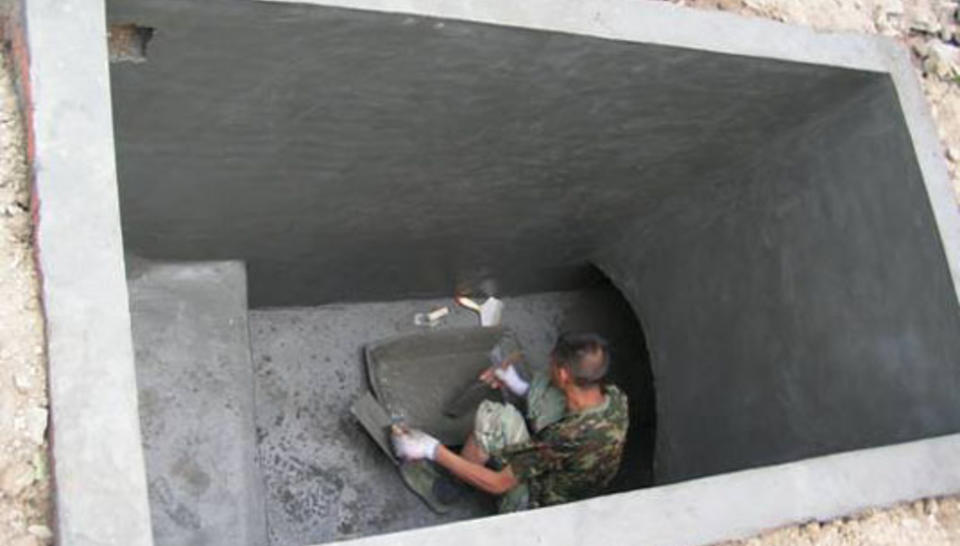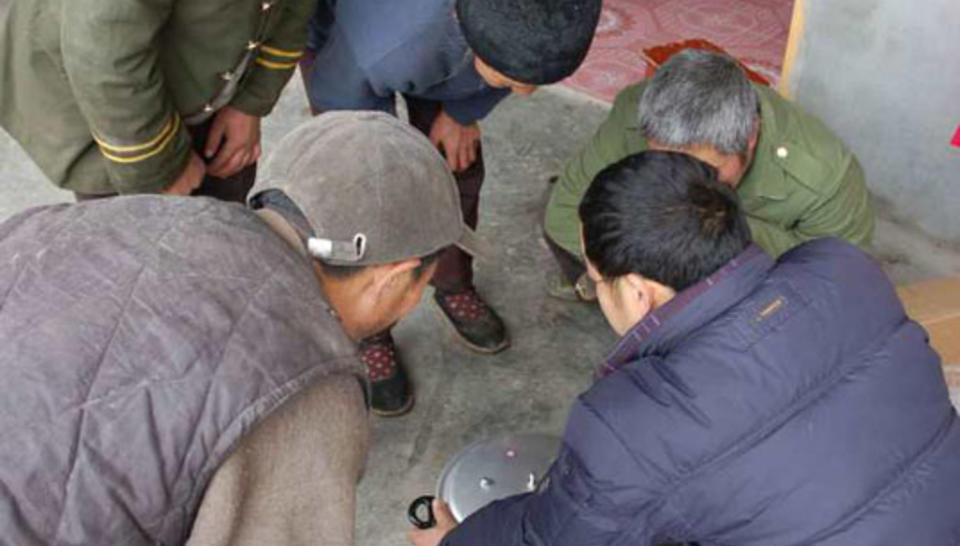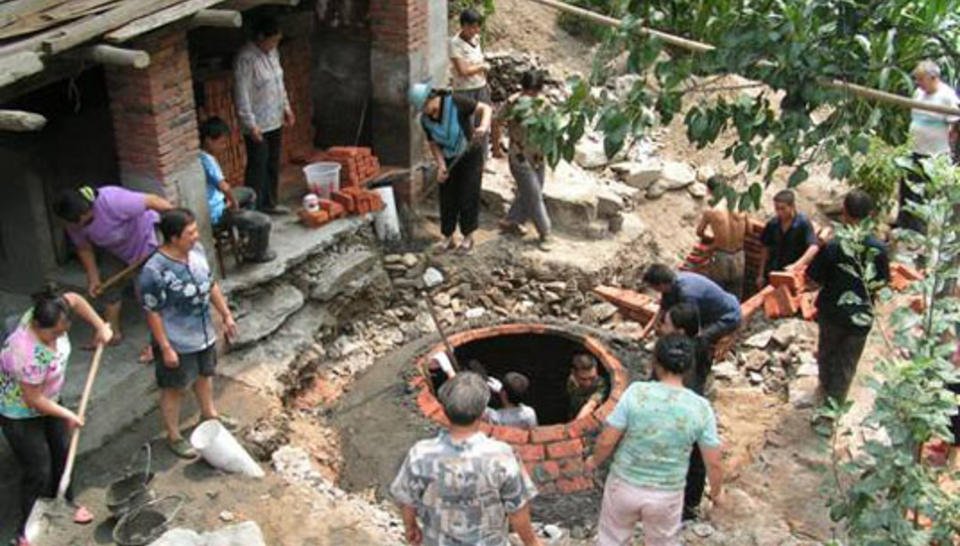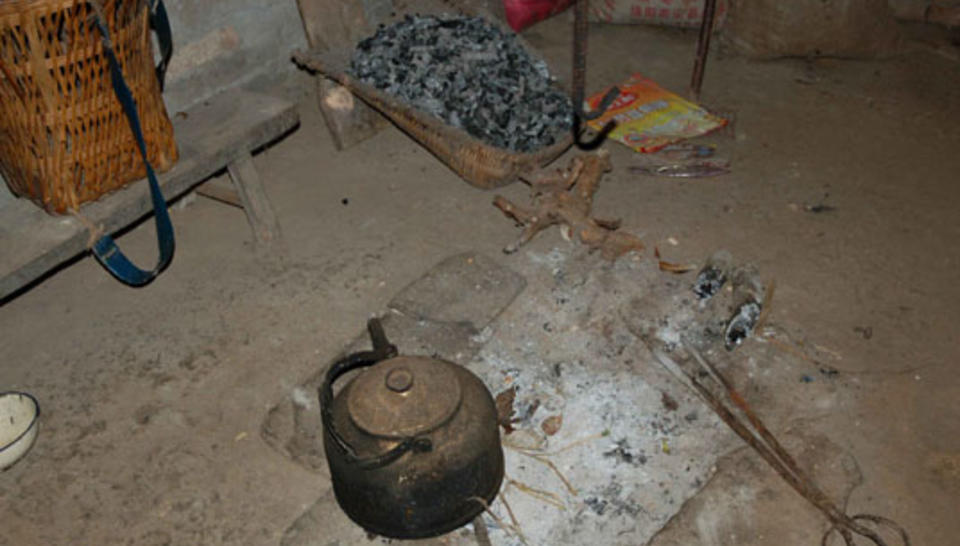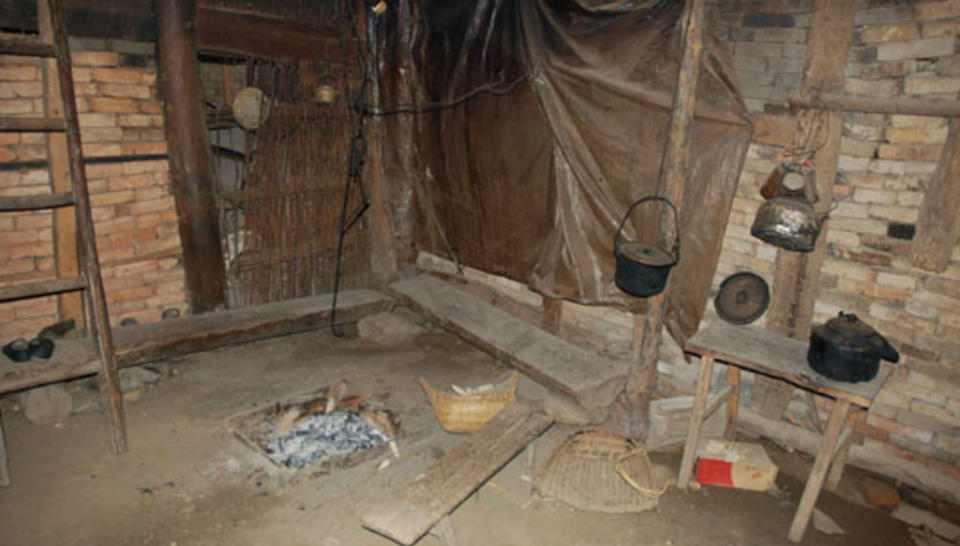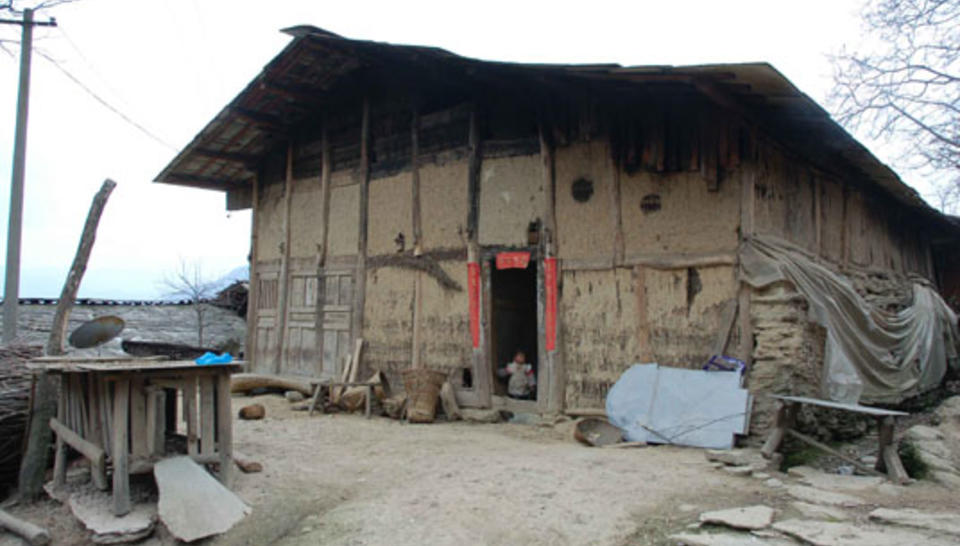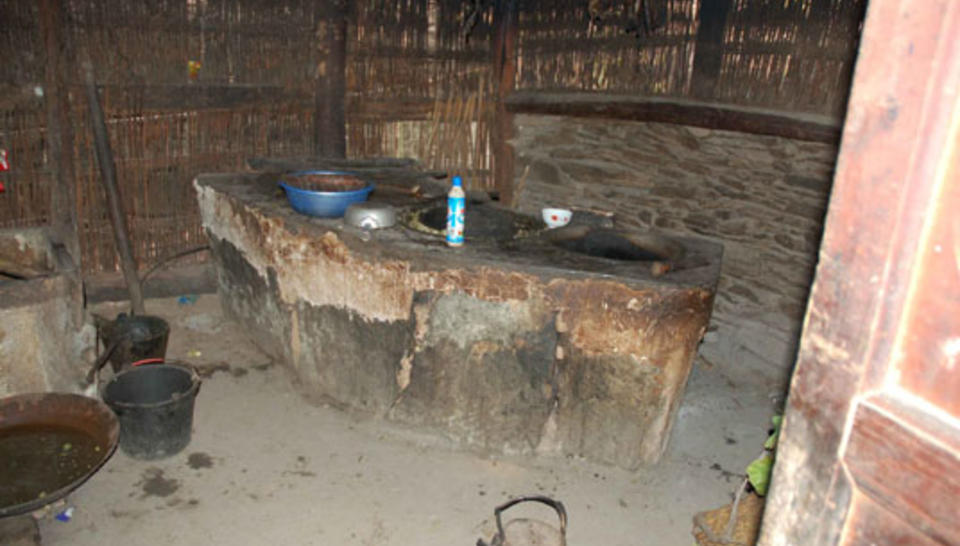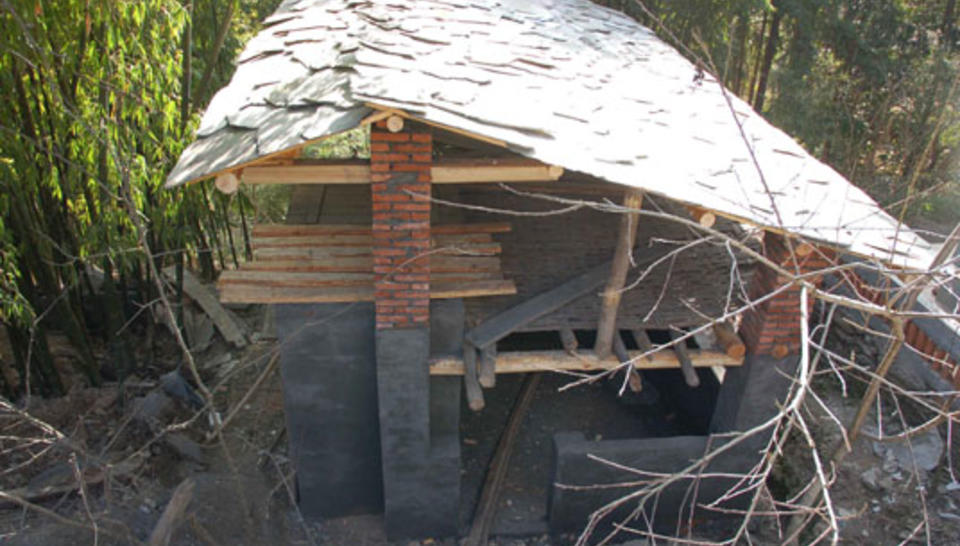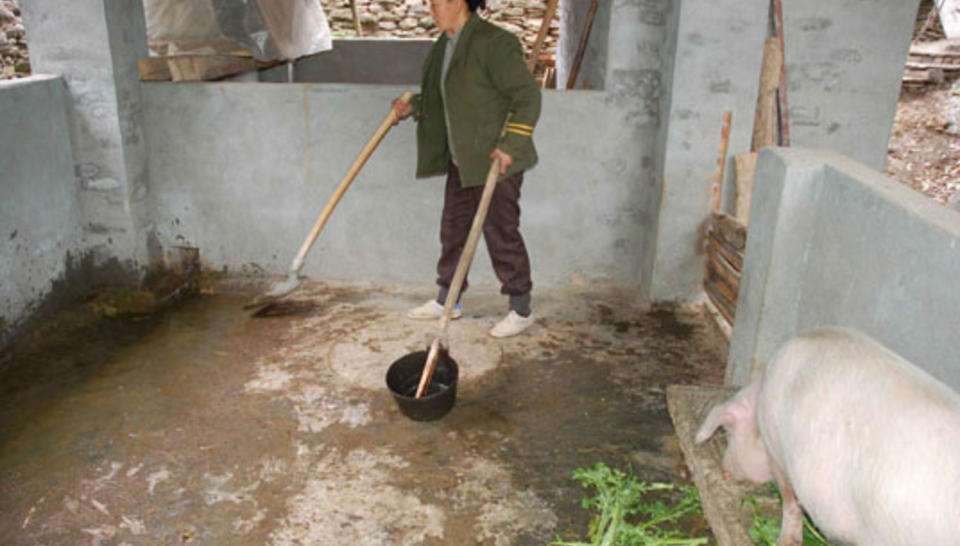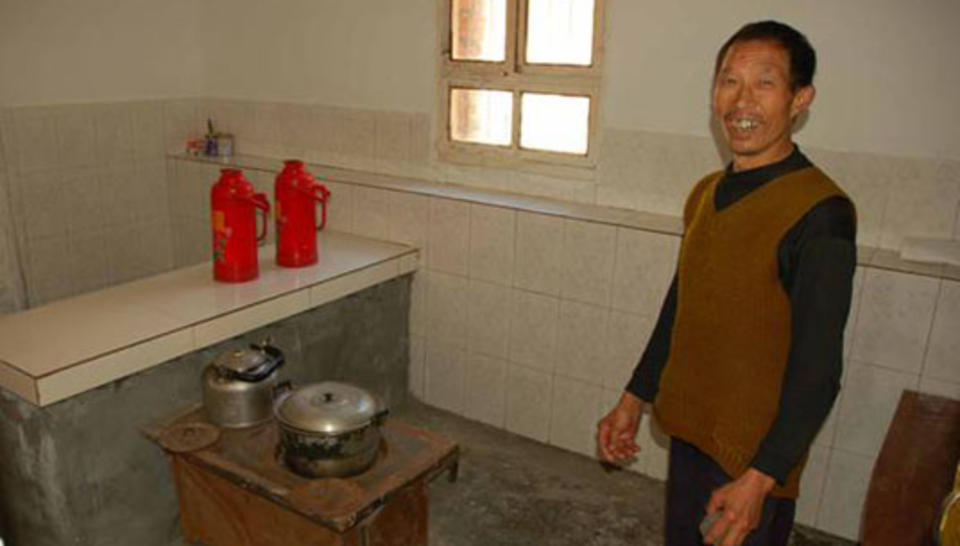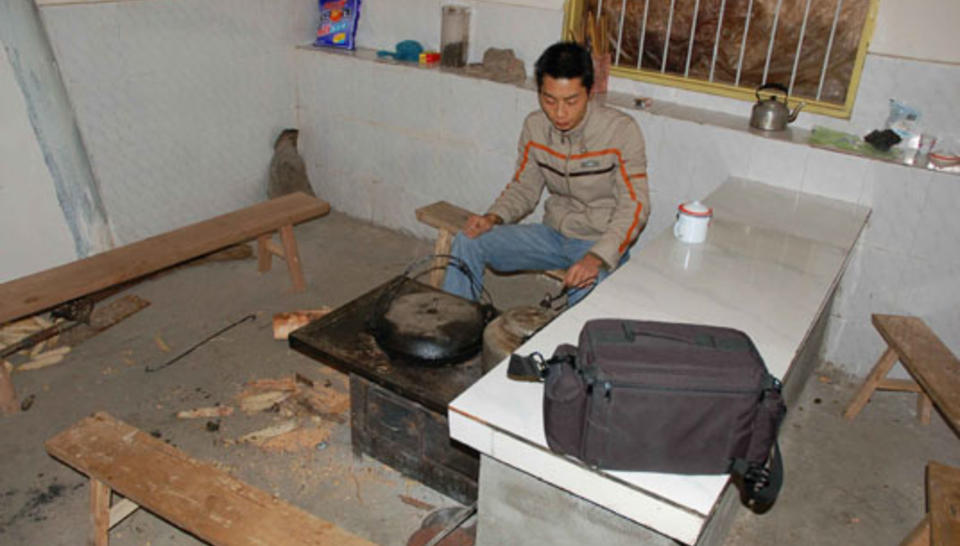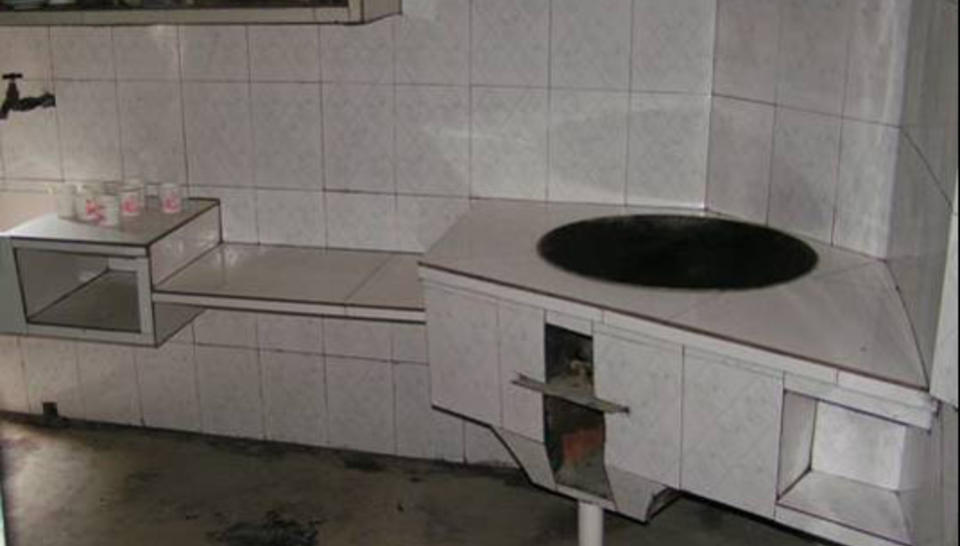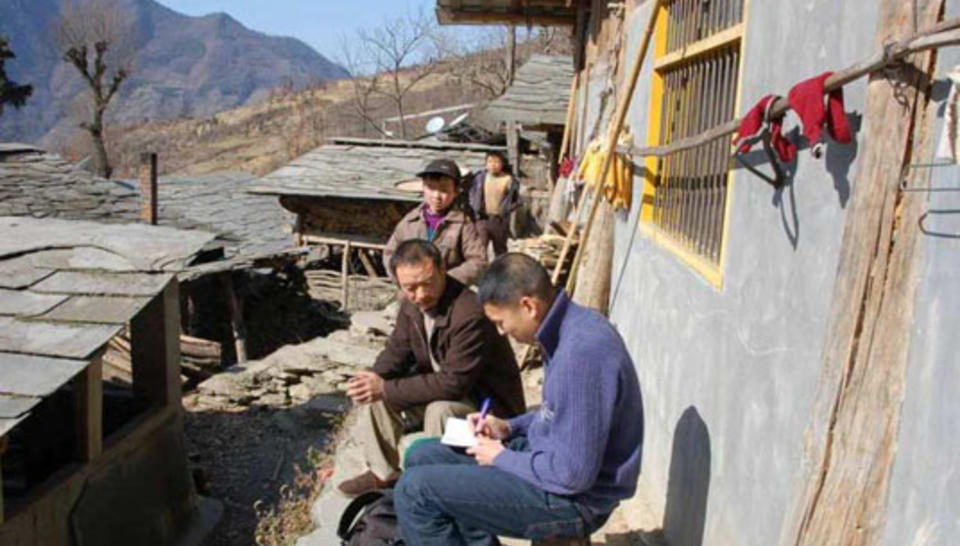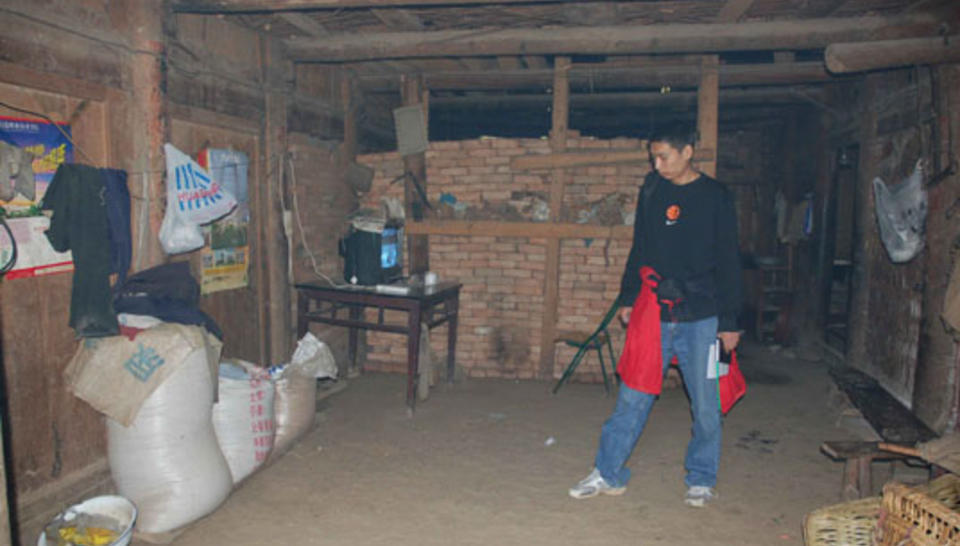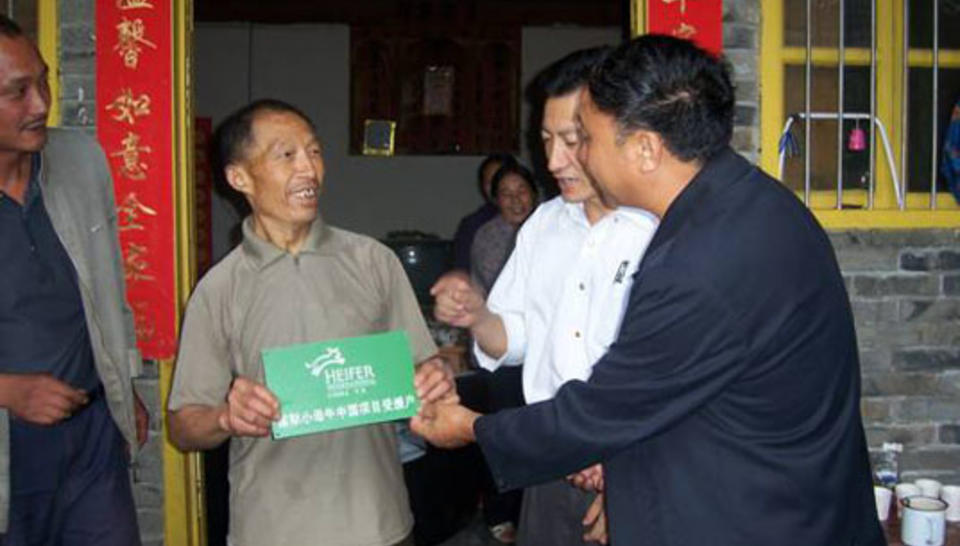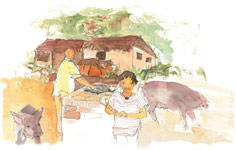
Environment and Biodiversity
Place
Minshan Mountains, Sichuan, China
Sponsor
Sophie Lamacq
Grant(s)
25,000 € to the Selection Committee at 2006/01/31
Project leader
Biogas Development
“This project ties in perfectly with local practices. It will provide notable improvements to the population’s living standards, while also having a positive impact on the environment (protection of biodiversity, combating soil erosion and reducing deforestation). Further, it dovetails nicely with a long-term policy to develop renewable energy.”
Sophie Lamacq
Located in Sichuan, southwest China, the Minshan Mountains remain an extraordinary natural sanctuary: it is here in the heart of the giant bamboo forests that the last remaining giant pandas live in the wild. The Chinese government protects this region because of the wealth of its animal and plant biodiversity. However, cut off from the rapid economic development experienced in other regions, this part of Sichuan has remained very poor. The population, mainly descendents of the Tibetan minority, are mountain peasants living in very remote villages or hamlets, often without electricity, running water or sanitation, or access to medical care or education. Wood is their most precious resource: it is their sole source of energy for heating and cooking, and the main material used to build their houses and bridges.
Biogas tank and heater
To protect the forests and combat soil erosion and landslips, the Chinese government has decided to place strict restrictions on the felling of trees. This measure, albeit understandable, is in direct conflict with the practices and immediate interests of the local peasants.

Heifer International Hong Kong has worked for many years in Mainland China on issues surrounding the development of renewable energy. Its solution is to install energy supply systems powered by biogas produced from farm animal excrement in certain villages throughout the region. Coupled with appropriate heating systems and cooking methods, this biogas should significantly reduce the reliance on wood as a source of fuel, while also improving the population's economic standards and health.
For each household, the project involves providing four pigs, optimum refurbishment of the existing pigsties, installing toilets (virtually non-existent up until now), a biogas tank, a biogas heater, a wood stove with heat recovery, and a pressure cooker.



